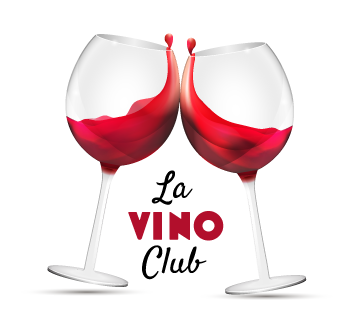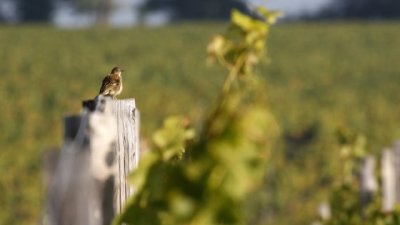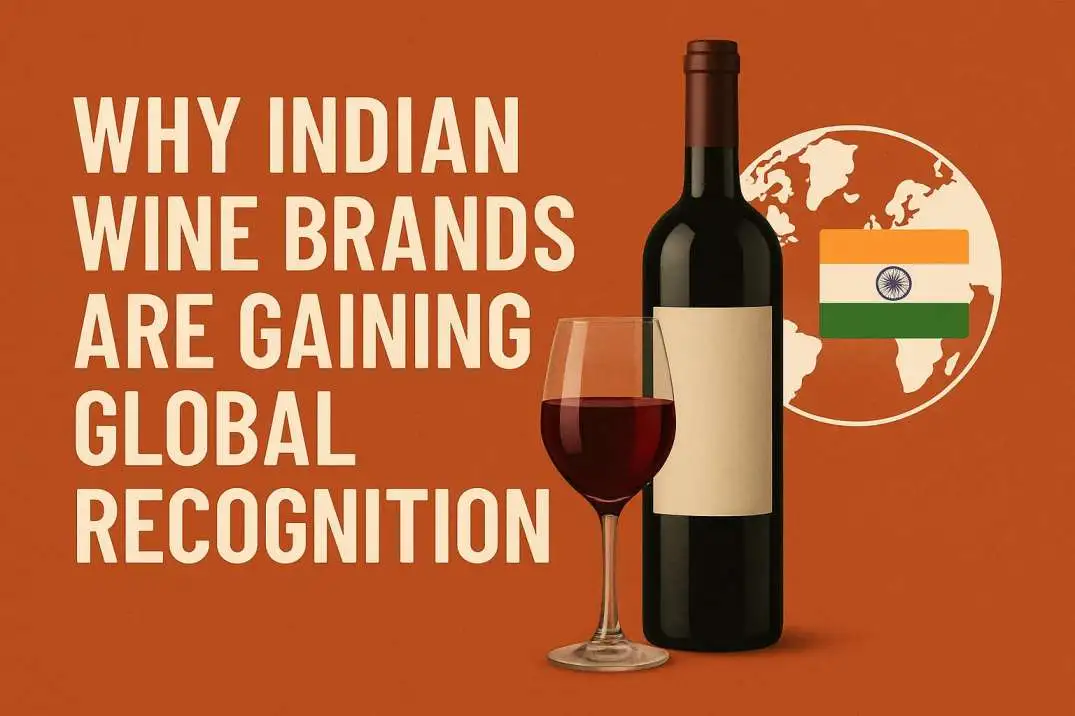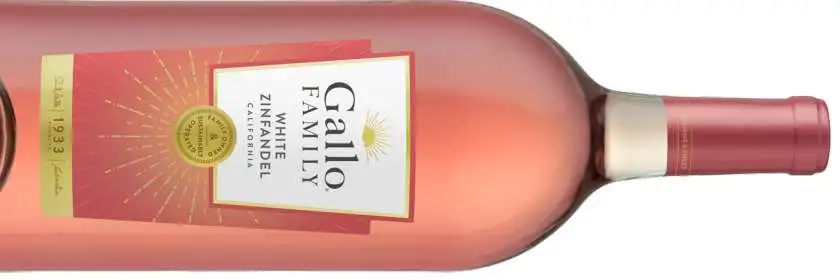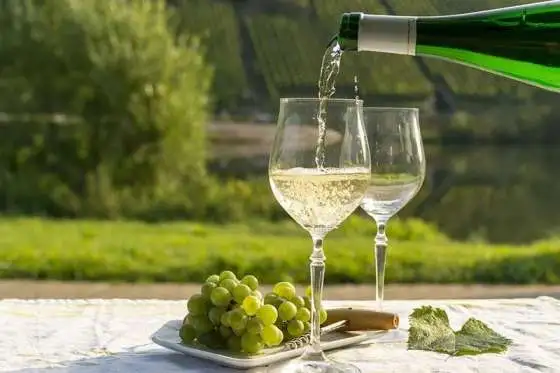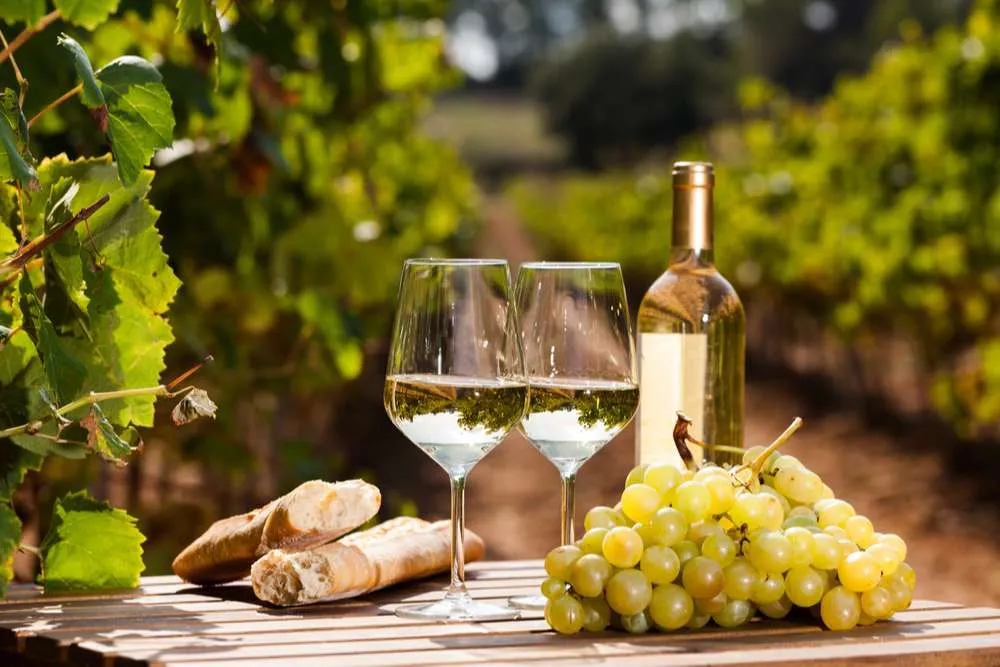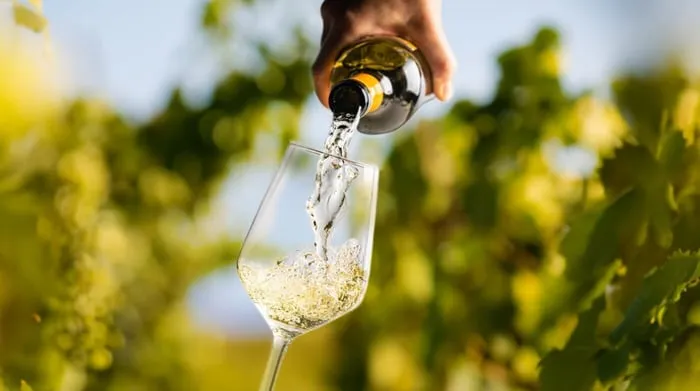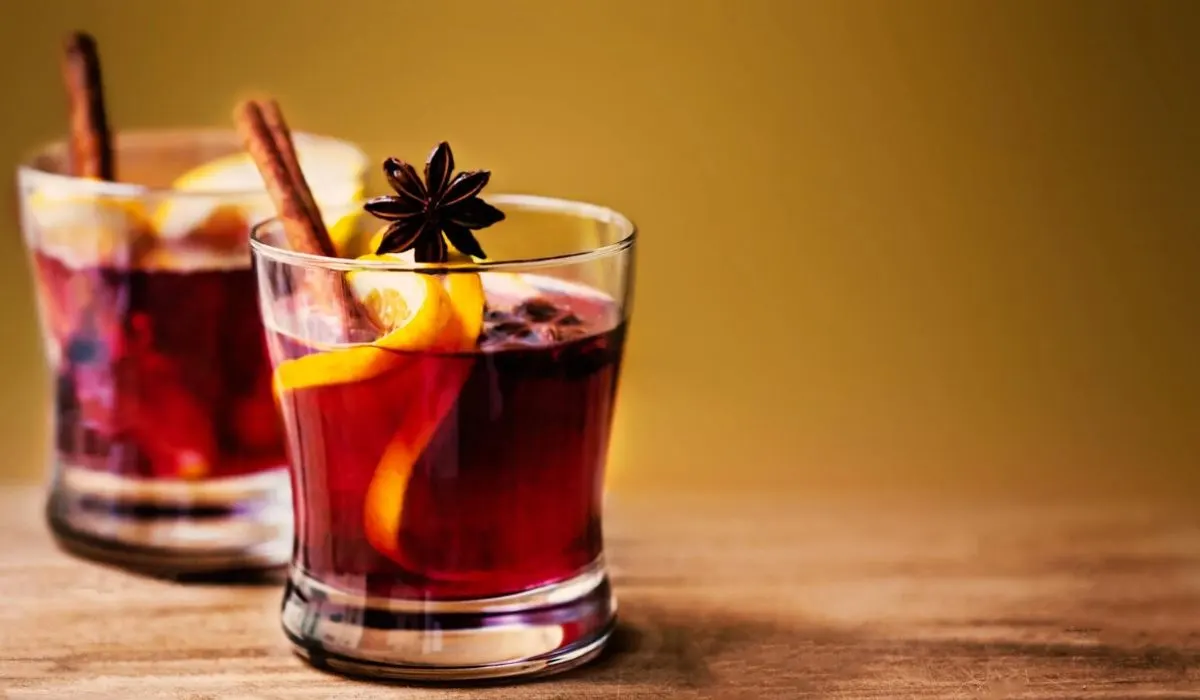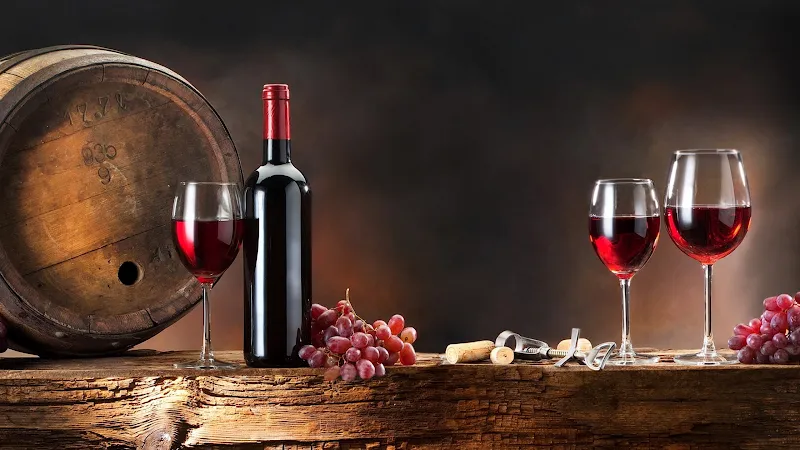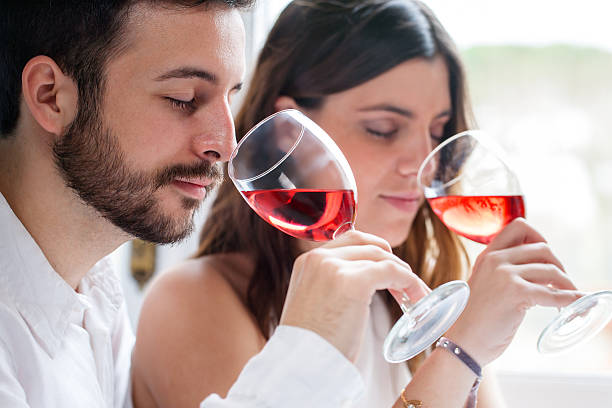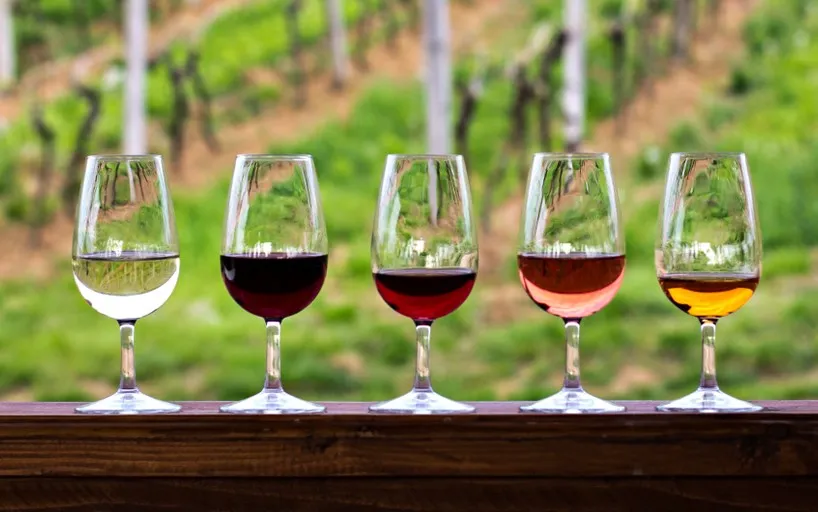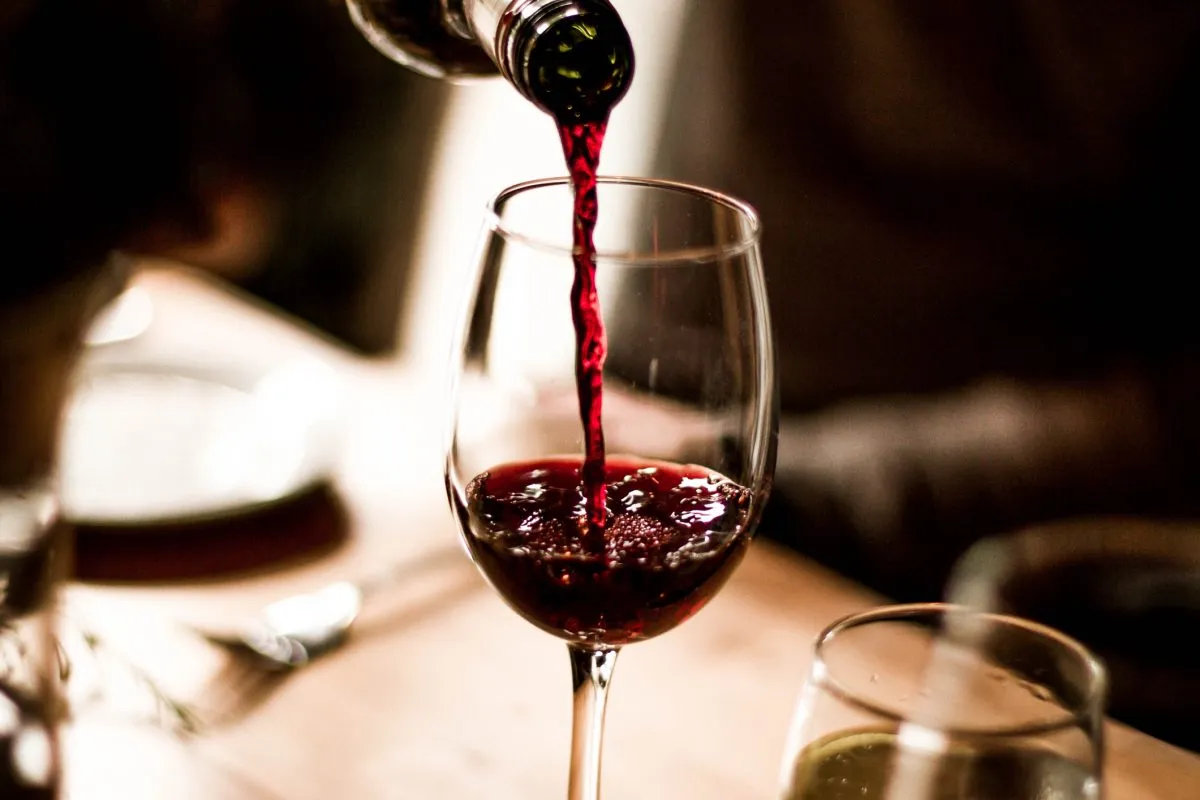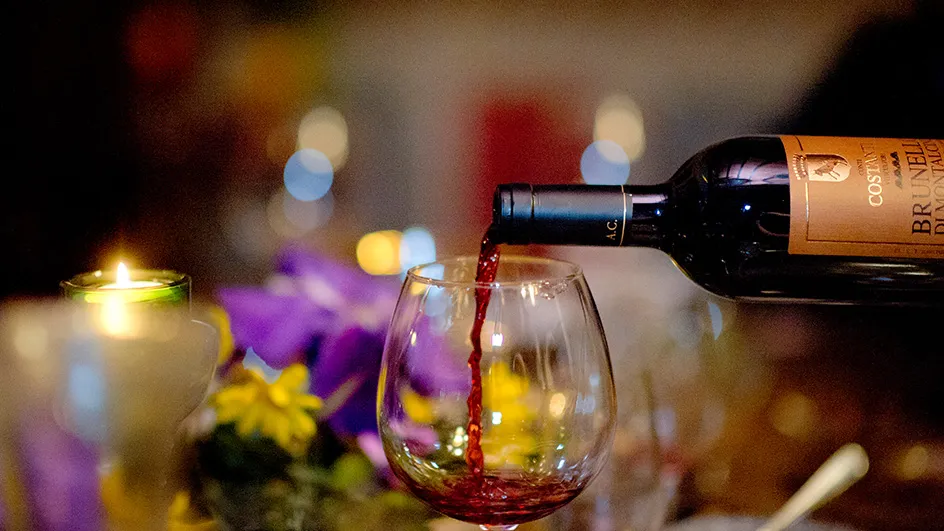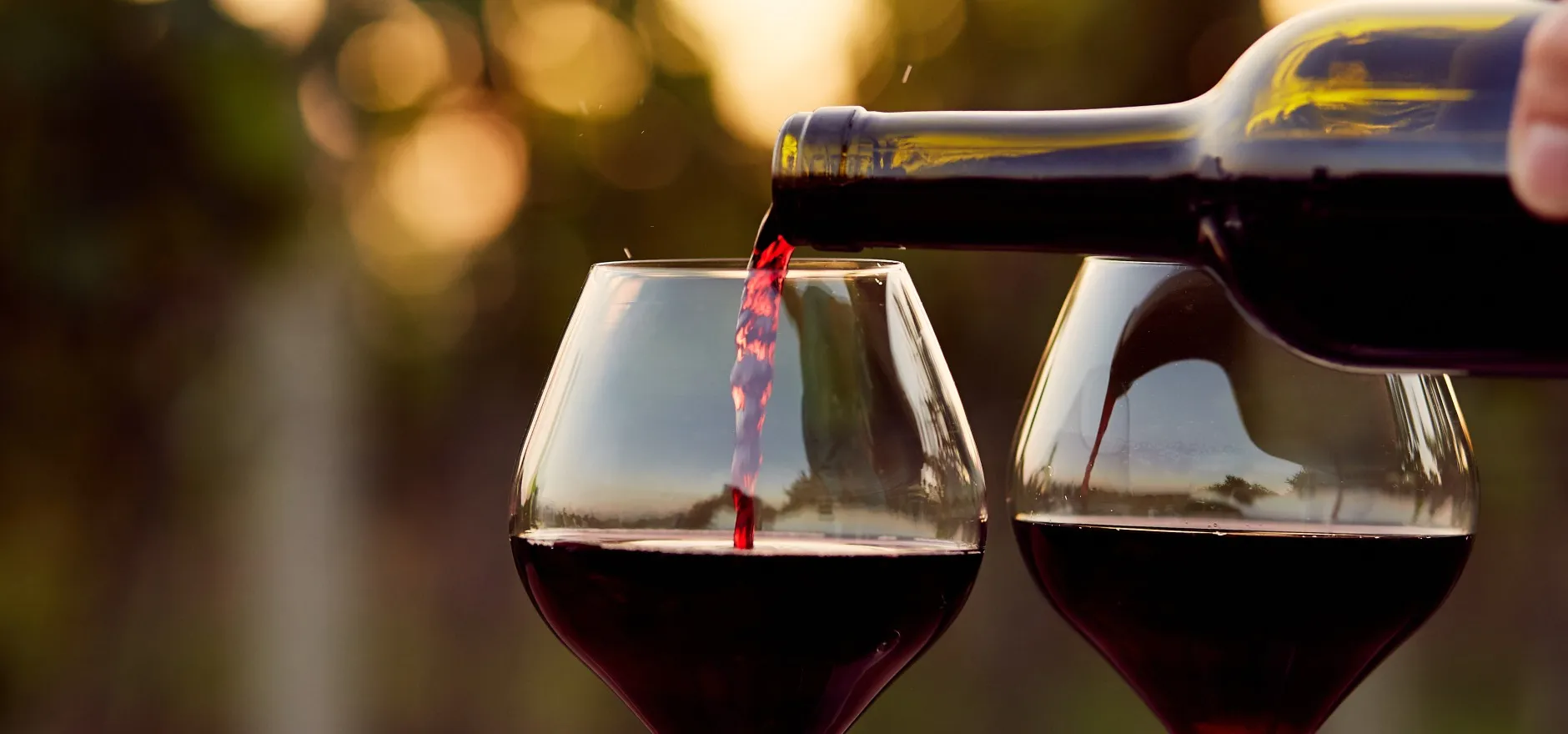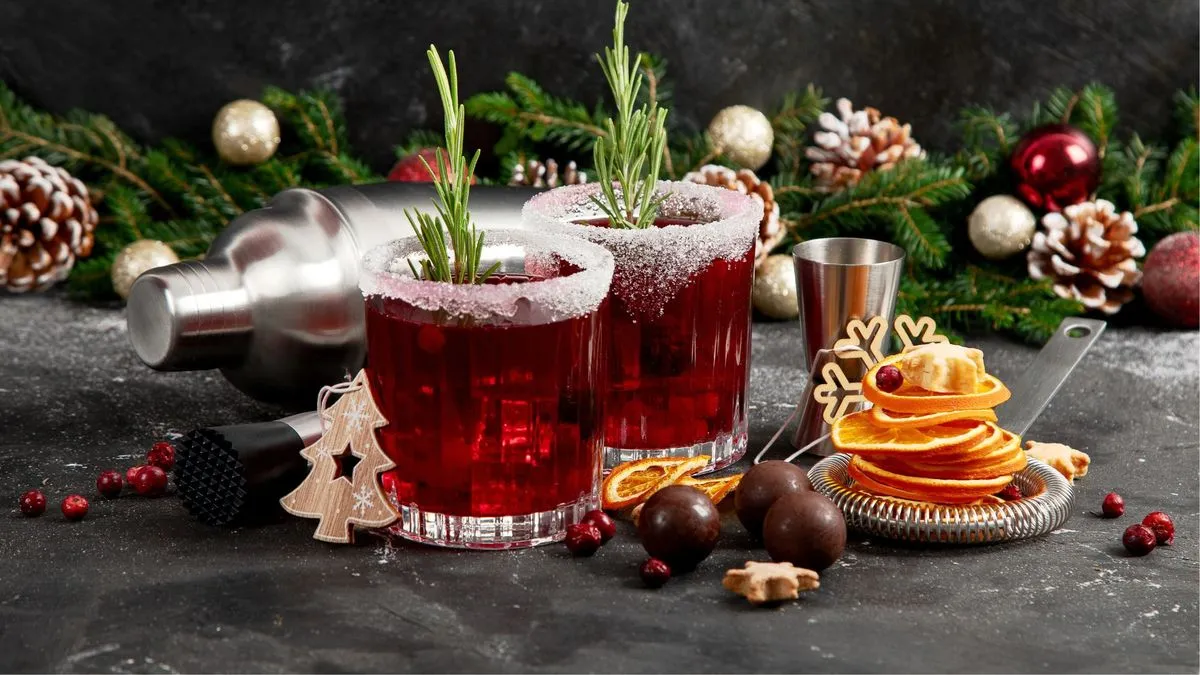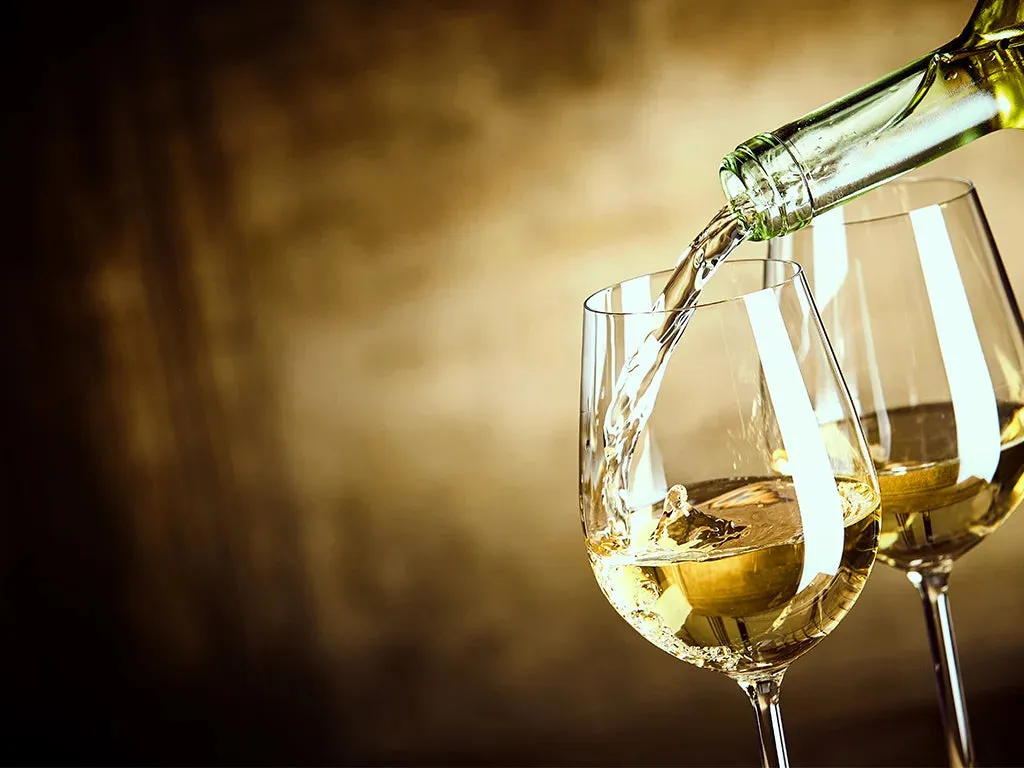It’s a collective endeavour; properties across the region working together have made significant progress. In 2014, 35% of the Bordeaux vineyards were qualified by environmental certification, in 2019 this has reached 65%. Certification covers sustainable to organic and biodynamic agriculture. Wine tourism is a perfect way for producers to share their passion for their terroir and how they protect it, the Great Wine Capitals have their own Sustainable Wine Tourism Practices Award to reward these leaders.
Les Vignerons de Tutiac is the latest property to win the coveted award. As Bordeaux’s leading cooperative winery, it is committed to an Agri Confiance® approach with the “HVE” (Haute Valeur Environmental) certification. They won the 2020 Award for Sustainable Wine Tourism Practices for their “Bordeaux’s vineyard in 2030” tour of their experimental vineyard showing their work producing a wine with a Zero Pesticide Residue (ZRP) label.
Château Climens in Barsac is one of a few Grand Cru Classé Bordeaux estates to be certified biodynamic, where infusions from plants grown alongside the vines have replaced chemical sprays. On the tour that won the Sustainable Wine Tourism Practises Award in 2019, guests walk through the vineyards and discover the cellars before being invited into the ’tisannerie’ where they can breathe in the aromas of fennel and camomile drying in preparation for biodynamic treatments.
Château de la Dauphine, in Fronsac, began its organic conversion in 2012 and obtained official certification in 2015. Now in biodynamic agriculture, they won the Best of Wine Tourism Gold Award for Environmental Practices in 2018 thanks to their ‘Green Tour’ explaining their ecological philosophy.
Château Fourcas Hostens vines are also cultivated organically; with a certification planned for 2020 for the white, and in 2021 for the red. They preserve biodiversity by planting barley and vetch in the vines and hedges through the vineyard. Their educational but fun visits finish with a tasting in park of the chateau, winning them the sustainable tourism award in 2017.
Chateau Guiraud was an organic pioneer, certified organic in 2011. This passion for organic and biodynamic agriculture is central to all visits and tastings at the Château. They were awarded the Best of Wine Tourism for Environmental Practices award in 2008 and in 2016.
Outside of this award, many others members of the Best of Wine Tourism family are engaged with sustainable practices, going out of their way to share them with visitors with specialised tours.
At Château Angludet, Benjamin Sichel integrates organic and alternative management practices to preserve the terroir for future generations of the family who have farmed here for six generations. His niece Daisy shares the resulting biodiversity of the vineyard, driving guests around the vineyard in an electric golf cart.
At Château d’Eyran in Pessac Léognan, they look after the biodiversity of the fauna as well as the flora, taking care of bats, a predator of the moths that attack the vineyard. It’s not just outside that sustainability is important here; their new eco-friendly cellar was built to maximise light and economise energy by insulating with bio-bricks.
Expansion doesn’t have to be at the cost of the environment as shown by Château Roquefort. The expansion to a 240 hectares estate has been achieved by integrating the vines into the exceptional setting of forest, fields and meadows, prioritising biodiversity.
At Château de Ferrand, sustainability combines with with beauty.the Stunning views from this high point above the Dordogne valley have been preserved with all power cables and telephone lines buried underground. Their Terra Vitis sustainable agriculture certification is helped by the ten hectares of copses, thickets and meadows around the estate that help maintain the biodiversity.
Château de Reignac works closely with INRA (The French National Institute for Agricultural Research), to reduce treatments in the vineyard by using natural predators and planting crops such as linen, mustard, clover and turnips in the vines to bring natural fertility to the soil. Visitors in the winter will meet the sheep adding their own contribution to soil fertility.

At Smith Haut Lafitte they combine art and nature creating The Forest of the Five Senses, a ‘Land Art’ installation. As well as showcasing young artists, it is the visible part of their investment in the natural environment alongside ploughing with horses, making their own organic compost, planting hedges and trees and installing beehives on the property. Visitors finish their tour with a tasting in the garden of ‘The Tisanerie’ cottage, where herbs and wild plants for biodynamic preparations are dried and stored. The tour won the Gold Best of Wine tourism award for Bordeaux in 2019 winning the top 2019 International Best of Wine Tourism Award.
Follow the trail of sustainable wine tourism to discover how Bordeaux is using the latest research and traditional practises to become a leading eco-friendly and sustainable wine region.
By Wendy Narby
